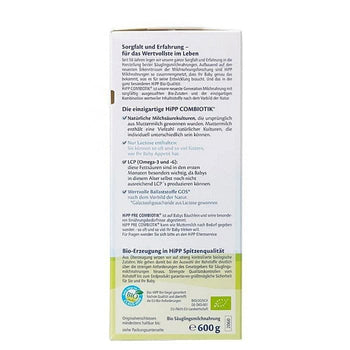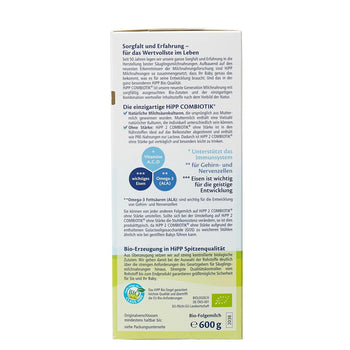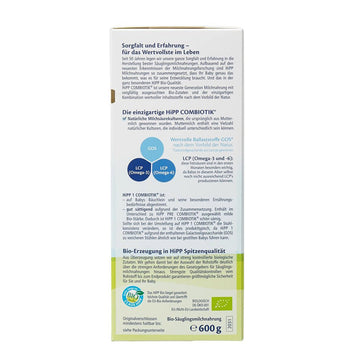Transitioning your baby from breastmilk to formula can be a significant step in both your and your child's life. It's a process that involves patience, understanding, and the right strategies to ensure a smooth transition. In this comprehensive guide, we will delve into effective methods and tips to make this change as seamless as possible for your baby.
Understanding the Need for Transition
Reasons for Switching to Formula
The decision to switch from breastmilk to formula can stem from various factors. For some infants, breastfeeding might present challenges such as digestive issues or an aversion to breastmilk. For parents, the switch can be driven by the need for a more manageable feeding schedule or the desire to share feeding responsibilities with a partner. Understanding these reasons can help in making an informed decision about your baby’s nutrition.
Benefits of Formula Feeding
Formula feeding offers several benefits that cater to the diverse needs of modern parenting:
- Convenience: Formula is readily available and can be prepared quickly, offering a practical solution for busy parents.
- Flexibility in Feeding Schedules: With formula, feeding times can be more flexible, making it easier to maintain a consistent routine.
- Partner Involvement: Formula feeding allows partners to take an active role in feeding, fostering a bond between the baby and both parents.
- Diverse Nutritional Options: Various formula types cater to different dietary needs, including special formulas for babies with allergies or sensitivities.
Tips for a Smooth Transition
Choosing the Right Time
Timing is crucial when transitioning to formula. Avoid starting during periods of stress, such as when your baby is ill or teething. Choose a time when both you and your baby are most comfortable and relaxed.
Selecting the Appropriate Bottle
Every baby has unique preferences when it comes to bottles. Experiment with different types, such as wide or narrow-neck bottles, to find what best suits your baby. The shape and material of the nipple also play a significant role in how well your baby adapts to bottle feeding.
Gradual Introduction of Formula
Start by introducing formula gradually. Begin with feeding breastmilk in a bottle to get your baby used to the new feeding method. Then, slowly mix in small amounts of formula with the breastmilk, increasing the formula quantity over time. This gradual transition helps your baby adapt to the new taste and texture without sudden changes.
Prioritizing Self-Care
Transitioning from breastfeeding to formula can be an emotional journey for parents. It’s important to practice self-care and be gentle with yourself during this period. Every parent’s journey is unique, and it’s okay if some days are more challenging than others.
Transitioning your baby from breastmilk to formula is a personal decision and varies from one family to another. By understanding the reasons behind the switch, choosing the right formula and feeding equipment, and adopting a gradual, patient approach, you can ensure a smooth transition for your baby. Remember, every baby is different, and what works for one may not work for another. Trust your instincts, and don't hesitate to consult with a pediatrician if you have concerns or questions. Your love and care are what matter most in nurturing your child's growth and development.


























